At a Glance
Quick Tips
- Plan your transportation and lodging options around the season and species you will be hunting
- Rain gear is a necessity
- Bear fences recommended for primitive camping


This smaller unit is located in southwestern Alaska and is largely comprised of Katmai National Park. Hunting within the park is prohibited but a small section referred to as the Katmai National Preserve is huntable and is located along the northern end of the unit. Hunting within the preserve, particularly for Brown/Grizzly Bears, has been met with controversy in recent years and has become a hot topic for debate. Most of the huntable area is comprised of large muskeg areas with a load of small pocket ponds. The town of King Salmon is the most notable community in the area and features a larger airport that Alaska Airlines does fly into. Because of the small size of available hunting area many DIY hunters will opt to hunt adjoining units. Most of the tags available within this unit are restricted to resident hunters only and nonresidents will need to pay special attention to the regulations.
This area can produce good animals but the lack of available hunting areas and the amount of good hunting available in surrounding units can dissuade many hunters.
The areas open to hunting within this unit are almost entirely comprised of large and widespread bogs, river bottoms, and marshy areas. Between small pocket ponds hunters will find expanses of tundra and native grasses. The areas along streams and creeks can become thick with patches of willow and small stands of timber. Moving through this area can be difficult at times due to periodic encounters with marsh lands and because of the natural tendencies of tundra but it is doable. In the huntable areas the ground rarely varies more than a few hundred feet in elevation with the only mountain regions being found within Katmai National Park.
Accessing this unit in and of itself is fairly simple but once within the unit the options for travel are greatly reduced. Most hunters will generally fly into King Salmon, a small fishing village. From here bush/float planes are generally chartered to fly hunters in the hunting area where a base camp can be established.
The muskegs areas will generally be comprised of alder, willow patches, dwarf birch and patches of timber. Small vantage points can greatly increase visibility in most areas but covering ground through thick vegetation and bogs can be a chore.
Some lodging options can be found between King Salmon and Naknek but very few of these will offer any real hunting opportunities within a close proximity. Ultimately, most hunters will need to primitive camp in the bush.
Roughly 9,008 square miles
80% Public land
Elevations range from 0-7,600 feet